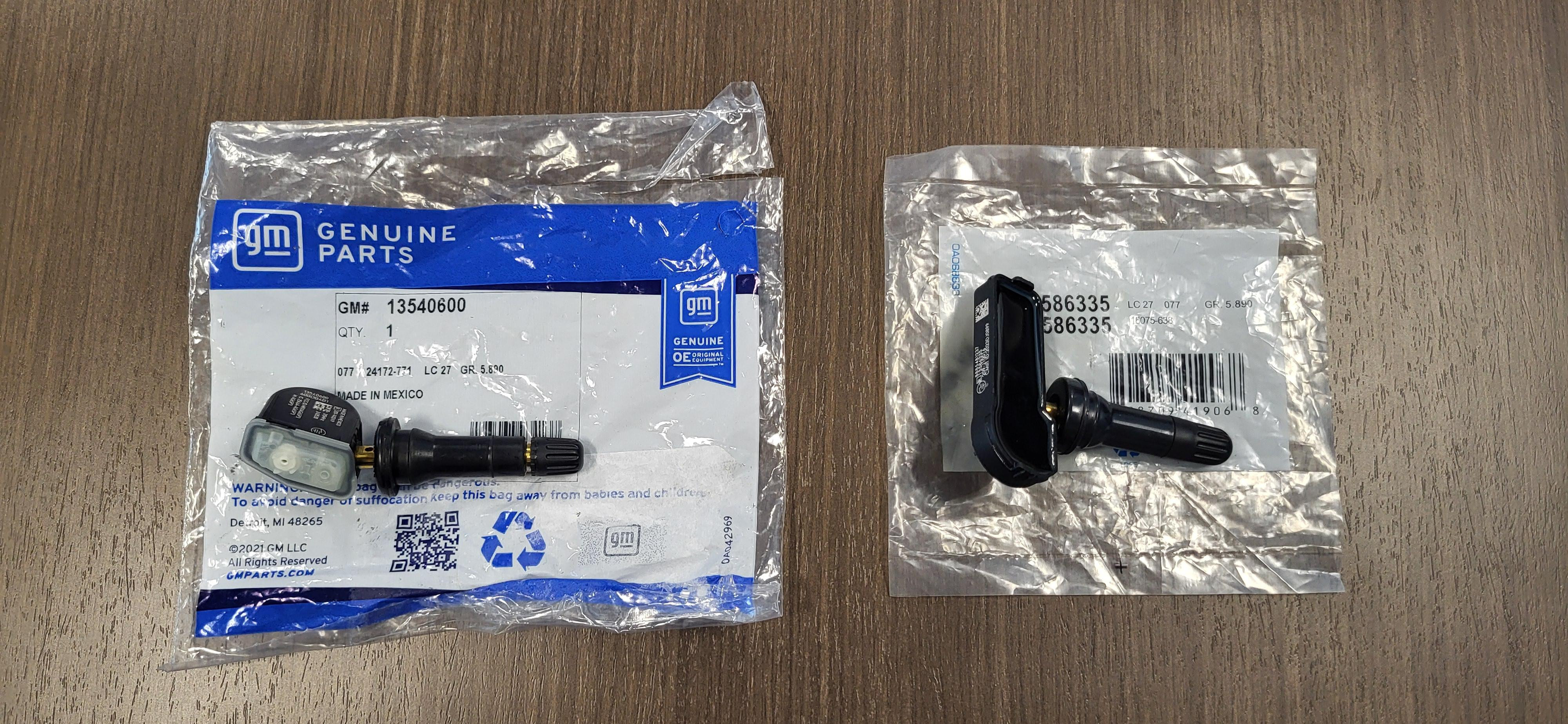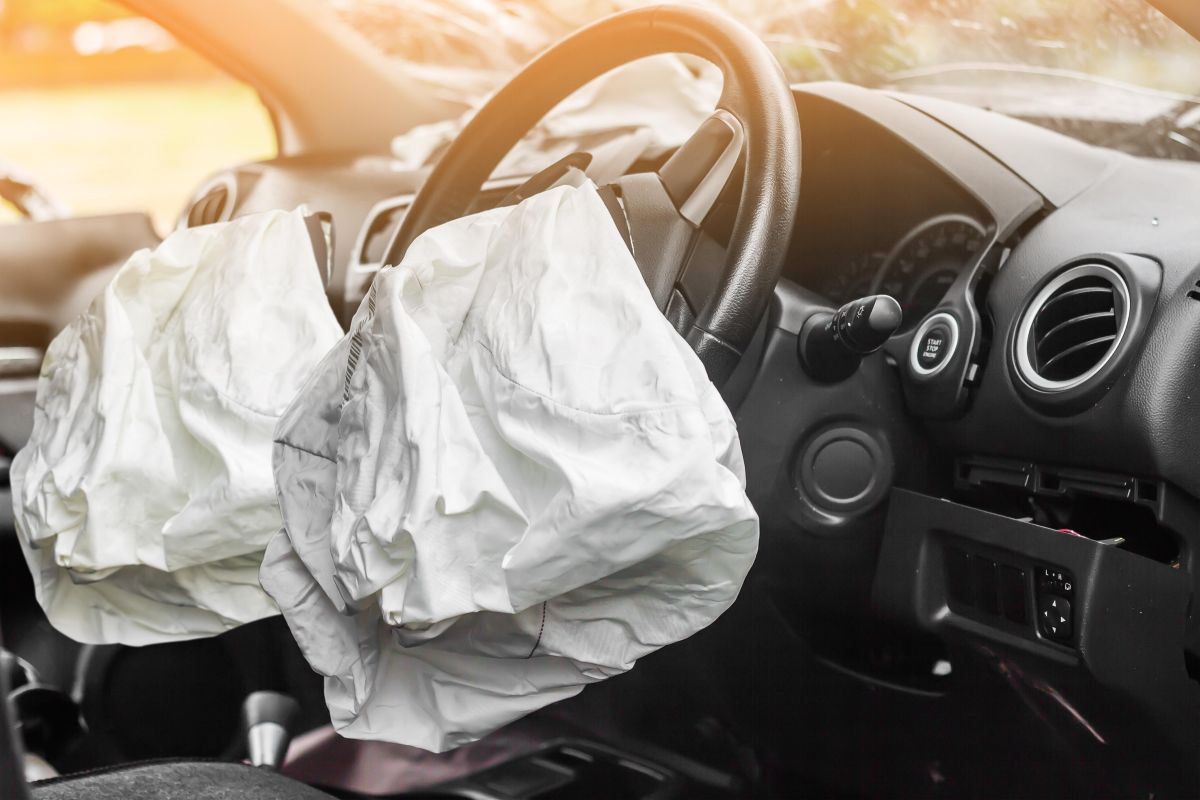As counterfeit auto parts, including critical safety components like airbags and ADAS sensors, continue to flood the marketplace, one expert offered tips on how collision repairers can avoid them.
Bob Stewart is president of the Automotive Anti-Counterfeiting Council, as well as GM’s aftermarket service support and brand protection manager. He spoke to Autobody News about why counterfeit parts have flourished in recent years, and how collision repairers can protect themselves and their customers from the potential consequences of installing them.
Counterfeit Parts a Growing Problem
According to the National Intellectual Property Rights Coordination Center, more than 211,000 counterfeit auto parts were seized by U.S. Customs and Border Protection in fiscal year 2024 — nearly double the number seized the previous fiscal year.
Stewart said the COVID-19 pandemic in 2020 increased the frequency at which everyone, including those repairing cars, make online purchases.
“Everyone got used to buying online, not knowing the people they buy from,” Stewart said. “You don’t find counterfeit parts in traditional parts channels, like brick-and-mortar stores, dealerships. It's given a way for the bad actors to hide to distribute the counterfeit goods.”
The Automotive Anti-Counterfeiting Council is working with major online retailers like eBay, Amazon and Temu to remove counterfeit parts offered for sale on their platforms, but “some are better than others at taking it seriously,” Stewart said.
Most sites don’t allow airbags to be sold, but one does allow the sale of used ones, he said.
Currently, the people buying counterfeit airbags are mostly “DIY’ers” and salvage rebuilders, Stewart said.
“Much of the cost [to rebuild a salvage vehicle] is related to safety restraint systems, and what it costs to repair them,” he said. Saving money by cutting corners on parts is the easiest way to increase profit on the rebuild.
“A lot of people don’t realize the risk,” he said of using cheaper counterfeit airbags.
Automakers put a lot of work into developing and testing airbags, which requires crashing a vehicle to ensure proper function, Stewart explained. The testing requirement is the reason no legitimate aftermarket parts companies produce airbags.
The companies selling counterfeit airbags skip the testing, and, when tested by the Automotive Anti-Counterfeiting Council, “none of the counterfeit airbags deployed the way they should,” Stewart said.
Airbags have an inflator capsule, about the size of a hockey puck, with ports to quickly release gas to inflate the bag in the case of a crash.
Real inflator capsules are “very highly engineered,” Stewart said, while counterfeits use inferior materials that could shatter under pressure, launching shrapnel into vehicle occupants.
There have been three fatalities in GM vehicles — all rental cars that were crashed, sent to auction, purchased and rebuilt with counterfeit airbags, and then resold. The subsequent low-speed crashes all should have been survivable, Stewart said, if not for the shoddy airbag inflator.
ADAS Sensors the Next Frontier
While the majority of counterfeit safety-related components are airbags, Stewart said ADAS sensors are emerging.
“The ones we’ve had so far are backup sensors, to alert you if you are backing into something,” Stewart said. Tire pressure monitoring sensors and cameras are also among the counterfeit parts being produced.
 Genuine GM tire pressure monitor sensor, left, compared to a counterfeit sensor, right. Image provided by GM.
Genuine GM tire pressure monitor sensor, left, compared to a counterfeit sensor, right. Image provided by GM.
The counterfeit versions will last a few weeks — just long enough so it “looks right” after installation, Stewart said.
Since ADAS components are quite a bit smaller than other parts, they are cheaper to ship, making them more attractive to the counterfeit producers.
“We've seen a shift to smaller components being counterfeited, and I can only equate that to the cost of shipping,” Stewart said. “The larger the component, that's one thing they can't get around, because they're still going to pay the same amount for shipping.”
He stressed that aftermarket sensors are different from counterfeit. Aftermarket companies try to make their components just as functional as — if not better than — OEM parts, he said.
How to Avoid Counterfeit Parts
As factors like increasing vehicle complexity and tariffs on OEM parts manufactured overseas influence estimates, collision repairers might look for alternative sources to reduce parts costs.
Stewart offered tips on spotting and avoiding counterfeit parts.
“The big thing is if the price is too good to be true, that’s the market [counterfeit producers] are in — to reduce the price,” Stewart said.
Most of the counterfeit parts seized in the last few years have been sourced from e-commerce sites. Repairers should instead stick to reputable sources, like a dealership parts center or wholesale seller.
Along with economic strains, there have been challenges in the supply chain at times, Stewart said.
“Don't get in a hurry if a part is on back order and you find one online,” he said. “That also contributed to some of the rise in the counterfeit market, just people not being able to find it from other sources. I think that's created the opportunity for the counterfeiters.”
Collision repairers tend to have “an eye for detail,” Stewart said. If a part doesn’t look right, don’t use it.
“If it looks off, it probably is,” he said.
What to Do If You Get a Counterfeit Part
Collision repairers who come across counterfeit parts should visit the Automotive Anti-Counterfeiting Council’s website at www.a2c2.com.
There are 11 OEMs that make up 90% of the U.S. automotive market, Stewart said. The council has contacts for each one listed on its website.
“They're very responsive,” he said. “The people that answer those emails, that's their sole responsibility is counterfeit products.”













Abby Andrews